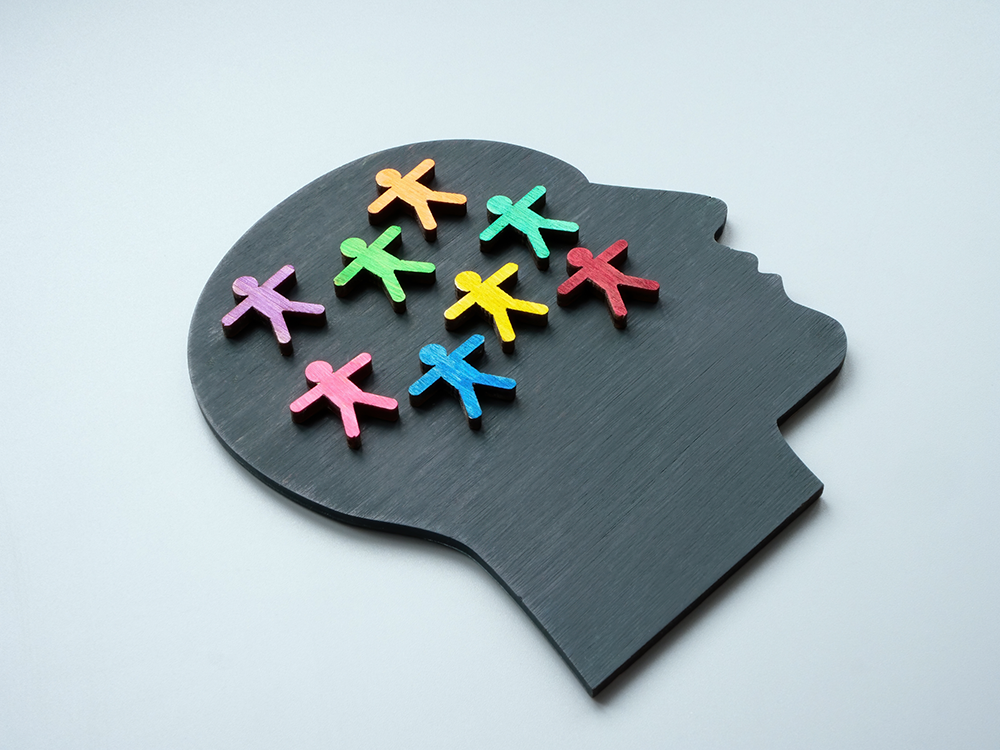The UK’s Worker Protection Act came into force last October; now is the time for all employers to act.
As I have been getting ready to go to the office more regularly, I have had to think more about what to wear. My active wear uniform - where activities have often been limited to a frantic dash to the school gates - is no longer going to cut it. I am also pretty sure that I won’t be able, or want, to walk around in the uncomfortable heels I used to wear. Please can someone tell me what the dress code is and who/what it is for?
Many of us may be feeling this wardrobe dilemma post pandemic but, in my experience, the question and judgment feels heavier for women. You often hear the joke that women take too long to get ready or that they ask each other what they are wearing. I know my husband gets very frustrated with my indecisiveness but not as much as I do with myself. I don't have the time, money or inclination to obsess about what I am wearing and I want to set an example for my kids that it doesn't matter. However, the depressing reality seems to be that we are all still judged on what we look like and our clothes are a big part of that.
Recent stories in the media of women in public life being criticised for their appearance has reconfirmed this. The mysogenistic comments that Angela Raynor wore a skirt as part of a ploy to distract the PM came out the same week as Stella Creasey was criticised for wearing trousers and a jumper in the House of Commons. What are the expectations and judgments being made and by whom? Is there an implication that there should be a standard uniform imposed to avoid distractions? Even if it helps save 5 minutes decision making in the morning this all feels too close to a Handsmaid’s tale for comfort. Perhaps we should all wear ill-fitting men’s suits so we can fit in with the standard?
Thankfully, my experience tells me that the House of Commons is way behind the average, professional workplace on its thinking around this. But how does the implication that you should dress a certain way work alongside the messages that many workplaces are sharing that they are recruiting for all forms of diversity and want their people to be themselves? In my view, it is important to not be complacent or assume that we can rely on written policies on this. We all need to regularly notice and challenge our own biases on this in our day to day.
This was highlighted to me again recently running unconscious bias in recruitment sessions. In the session we discussed how our unconscious brains are wired to walk towards similarity and away from difference and how this can apply to a whole range of differences - not just legally protected characteristics but to things like personality, accents, experience and dress. One of the first things we may notice when someone walks in a room are the clothes they are wearing and our brains are wired to make judgments and assumptions. A great Ted talk on this by Yasmin Abdel – Magied, What does my headscarf mean to you?, highlights the judgments made on a woman of colour wearing a headscarf.
These judgments also play out in seemingly small differences in clothes choices. In tailored case studies for a tech company and a property company client we had a range of potential recruits. One of the characters, a white male, turned up to a job interview in a suit for the tech company and casual trousers and a shirt for the property portfolio company. The reactions from the different groups were both interesting yet predictable. In the tech company, everyone questioned why someone had worn a suit and there were comments that they would never fit in. In the property company, some were shocked that someone would not wear a suit to an interview and it was seen as a sign of disrespect and evidence of a lack of knowledge about the industry. Others challenged why it should matter what someone wears.
Both examples highlighted that we make biases and assumptions straight away. This isn't a judgment on anyone or an accusation, it's what we as human beings do and how we are wired but it can have negative impact. Those who know about confirmatory bias will know that once those gut feelings and initial judgments are there, our brains look for evidence to confirm them. We also too easily discount any information that challenges such assumptions. The unstructured interview is a sure-fire way to enable these subjective biases get in the way of recruiting for the best candidate too.
Whilst many of us may know to consciously challenge any biases around characteristics such as sex, disability, race, age etc we also need to actively and regularly remind ourselves to not let other, wider differences influence our judgments too.
I can confidently say that, in my experience, it will not change how someone does their job whether they can afford a certain suit, feel comfortable or not in a skirt, like the same clothes as you, dye their hair or have a completely different perspective and experience of life from you which may be apparent from their appearance. In fact, if we are really wanting to recruit for diversity and enable inclusion, we all need to notice our assumptions, catch them, call them out and shift our thinking from looking for cultural fit to cultural add. We need to question our default of gravitating towards the things that make us feel safe and comfortable and actively want to move towards the things we find different and challenging.
Even if we are purely thinking about this from a productivity perspective, studies have shown that allowing people to wear what they feel comfortable in helps productivity. Often, that may depend on the work we are doing. For me, having written this article in my gym wear and a hoody, I will be changing into smart trousers and a shirt to get in the zone to give a Zoom presentation (although I am still likely to be in my slippers). But whatever clothes any of us choose to wear, I think it is important to remember, particularly when making judgments of others, that they will not change our skill sets or who we ultimately are but they may enable us to be ourselves.
Related Articles

Creating psychological and challenger safety: a practical guide

Guest Q&A - Sarah and Hannah from BlueSky on motherhood in the legal profession






